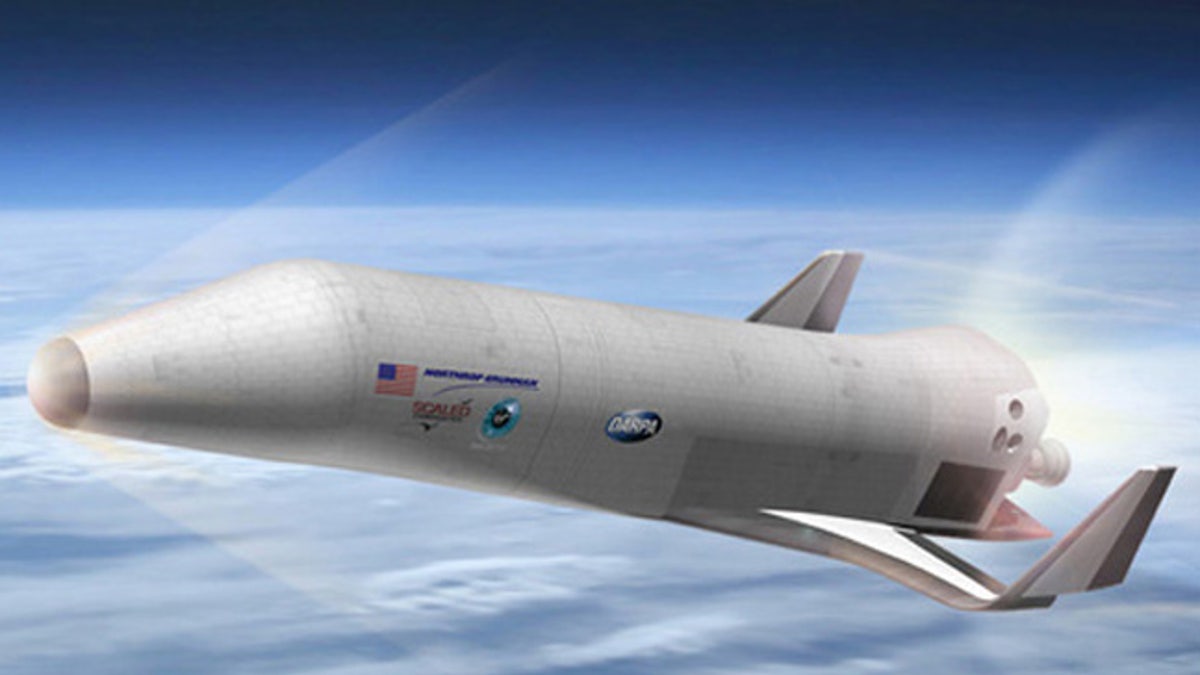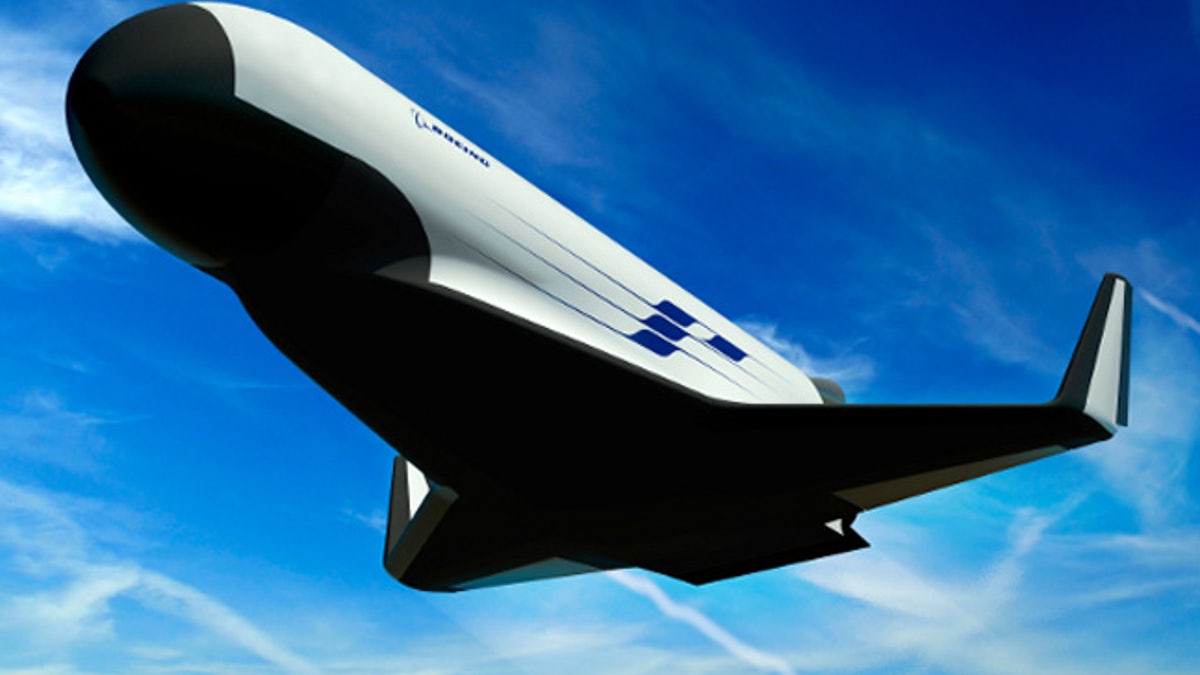War Games: Military space plane XS-1 to fly at Mach 10
Defense specialist Allison Barrie on the US military's advances with the XS-1 spacecraft that can fly at Mach 10 and launch small satellites and weapons into orbit
“Star Wars: The Force Awakens” buzz has already kicked off, but in the real world, the US military has taken a step closer to making advanced spacecraft a reality.
The XS-1 is airplane-like space vehicle that can fly to space and rapidly launch small satellites, space weapons, and more into orbit at the edge of Earth's atmosphere. This space plane can then return, land, get refueled, and take onboard another delivery, before it blasts off again.
The idea is that this craft would be a game-changer allowing the U.S. to travel to space and then return to Earth and fly again within 24 hours. In just a few short years, the XS-1 it may make it possible for one single aircraft to take ten return trips to space over the course of ten days.
The quest to achieve a small, reusable robotics-flown space plane is the Defense Advanced Research Projects Agency (DARPA) XS-1 program or Experimental Spaceplane 1. The hope is that it will blast off on its first mission in a few years.
The Agency has chosen three companies — Boeing, Northrop Grumman, and Masten Space Systems — to move forward and continue in competition to become the XS-1 producer.'

(Grumman)
Space is already contested and it will become increasingly so in the future. XS-1 will support national security by providing rapid, regular and reliable access to space.
Some speculate that the XS-1 will be used to launch secret spy satellites and space weapons to defend against a hostile country’s tech placed out in space.
The goal is for the space plane to also be far more affordable than current options. Each journey may cost less than five million a go.
XS-1 would make it easier and cheaper to quickly get US defense tech into space.
How does it work?
The XS-1 is not focused on spending time travelling through space and is instead about rapidly getting to low earth orbit without any help to deliver payloads. Rather than conventional approaches, it uses a hypersonic propulsion system, which means it can reach speeds of Mach 10.
One of the key goals is for XS-1 to launch 3,000 to 5,000 pounds of payloads into orbit. Another objective is that this spacecraft will be reusable and could be run in a way similar to that of commercial airplanes.
Instead of the one-offs of current space travel, this spacecraft would not just be reusable but re-deployable at a high rate. For instance, it could make 10 return journeys in 10 days.
The first stage launches the XS-1 and flies it to suborbital space where it deploys an upper stage. The upper stage would be able to launch up to 5,000 pounds of payloads into low-Earth orbit.

"XS-1" Experimental Spaceplane_artist concept by Chuck Schroeder_RMS#267688_7/2014_Boeing plans to design an autonomous reusable launch vehicle, shown here in an artists concept, to lower satellite launch costs under a new contract for the Defense Advanced Research Projects Agency XS-1 Experimental Spaceplane program. The spaceplane booster would be designed to carry and deploy an upper stage to launch small satellites and payloads into low-Earth orbit and then return to Earth, where it could be quickly prepared for its next flight by applying operation and maintenance principles similar to those of modern aircraft. DARPA plans to hold a competition in 2015 for a follow-on production order to build the vehicle and conduct demonstration flights. Credit: Boeing Type: Artists Concept (Boeing)
After the payload is launched, the spacecraft flies back to Earth where it could be quickly prepared for the next flight using methods similar to a commercial airplane.
The XS-1 will most likely have a reusable first stage, but expendable upper stages.
And this spacecraft could do all this flying and maneuvering by itself. The XS-1 will not have a human pilot and would be autonomous.
What’s next?
DARPA has given all three companies more money to continue developing their versions of an XS-1 robotic space plane.
For the Phase 1 work, Boeing teamed up with Blue Origin, Northrop Grumman with Virgin Galactic, and Masten with XCOR Aerospace.
The companies must now complete their XS-1 design and test their tech before August next year. The first XS-1 mission to space could be as early as 2018.
DARPA’s ALASA (Airborne Launch Assist Space Access) is also exploring how to launch small satellites rapidly. In ALASA, the satellites launch from an F-15 fighter jet. ALASA may undergo testing later this year.
Ballet dancer turned defense specialist Allison Barrie has traveled around the world covering the military, terrorism, weapons advancements and life on the front line. You can reach her at wargames@foxnews.com or follow her on Twitter @Allison_Barrie.

